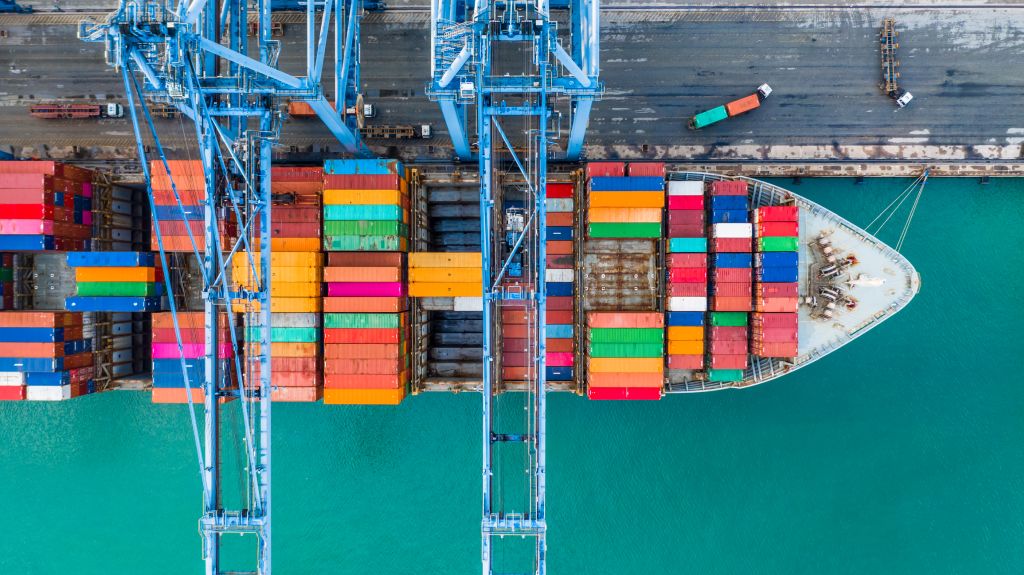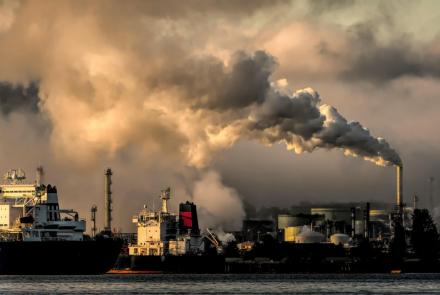Trends in Container Shipping and Shipping Rates Fluctuations Over the Last 5 Years

The container shipping industry is a critical component of global trade, transporting goods across the world’s oceans and linking economies. Over the past five years, this industry has experienced significant shifts, influenced by various economic, political, and environmental factors. In this blog, we’ll explore the key trends in container shipping, the fluctuations in container rates, and the underlying causes of these changes.
1. Impact of the COVID-19 Pandemic
2020-2021: Disruption and Recovery The COVID-19 pandemic caused unprecedented disruption in global supply chains. In the early months of the pandemic, lockdowns and restrictions led to a sudden drop in demand for goods, causing a temporary decline in shipping rates. However, as economies began to reopen, there was a surge in demand for consumer goods, leading to congestion at major ports and a sharp increase in container rates.
- Port Congestion: Major ports like Los Angeles, Shanghai, and Rotterdam experienced severe congestion due to a backlog of shipments and labor shortages.
- Container Shortages: The surge in demand led to a shortage of containers, further driving up rates.
2022: Continued Volatility The volatility continued into 2022 as the industry grappled with ongoing supply chain disruptions, fluctuating consumer demand, and logistical challenges.
- Peak Shipping Seasons: Rates spiked during peak seasons, such as the run-up to the holiday season, as companies scrambled to restock inventories.
- Omicron Variant: The emergence of the Omicron variant led to renewed restrictions and disruptions in some regions, adding to the uncertainty.
2. Geopolitical Tensions and Trade Policies
2023: Geopolitical Strains The geopolitical landscape significantly influenced container shipping rates. Trade tensions, particularly between the US and China, led to changes in trade flows and increased costs.
- US-China Trade War: Tariffs and trade barriers imposed during the trade war affected shipping volumes and routes, causing fluctuations in rates.
- Sanctions on Russia: Sanctions related to the Russia-Ukraine conflict impacted shipping routes and increased insurance costs, contributing to higher shipping rates.
3. Economic Recovery and Inflation
2023-2024: Economic Dynamics The global economic recovery, coupled with rising inflation, played a significant role in shaping container shipping rates.
- Inflation: Rising fuel costs and inflationary pressures increased operational costs for shipping companies, leading to higher rates.
- Economic Growth: As economies recovered, the increased demand for goods put additional pressure on the shipping industry, resulting in higher rates during peak periods.
4. Technological Integration
Advancements in technology have started to transform the container shipping industry, aiming for greater efficiency and sustainability.
- Digitalization: The adoption of digital platforms for tracking and managing shipments improved transparency and operational efficiency, helping to stabilize rates.
- Sustainable Practices: Increased focus on sustainability led to investments in greener shipping technologies, such as LNG-powered vessels and electric cranes at ports. While these investments entail higher upfront costs, they are expected to bring long-term savings and stability to shipping rates.
5. Environmental Regulations
2024: Regulatory Changes New environmental regulations introduced by the International Maritime Organization (IMO) and other bodies aimed at reducing carbon emissions have influenced shipping practices and costs.
- IMO 2024 Regulations: These regulations mandate lower sulfur emissions, prompting shipping companies to invest in cleaner fuels and technologies. The compliance costs have been passed on to customers, affecting shipping rates.
Our blog titled “The Impact of Geopolitical Tensions and Conflicts on Container Shipping and Shipping Rates” elaborates on the current state of the industry.
The container shipping industry has experienced a tumultuous five years, marked by the COVID-19 pandemic, geopolitical tensions, technological advancements, and new regulatory frameworks. These factors have contributed to significant fluctuations in container rates and shipping costs. As we move forward, the industry is expected to continue evolving, with a strong emphasis on sustainability, efficiency, and resilience.
For businesses involved in global trade, staying informed about these trends is crucial for strategic planning and cost management. At VS&B Containers, we are committed to providing expert insights and reliable container solutions to help you navigate the complexities of the shipping industry. Stay ahead of the curve with VS&B Containers – your trusted partner in global container solutions.
Your Container Equipment Provider Of First Choice
VS&B Containers, headquartered in Chennai, began operations in 1996. The company offers a wide variety of containers, both newly built and used, and custom-built units that can be directly shipped from our manufacturing facilities to your preferred destinations across the world. We also operate a leased fleet of over 30,000 containers for both international leasing and domestic leasing (within India). If you have container requirements, do drop us an email at info@vsnb.com and a member of our team will reach out to assist you.
Furthermore, iInterchange Systems (A VS&B group company) provides state-of-the-art software solutions tailored specifically to meet the needs of container shipping and logistics enterprises. Please visit www.iinterchange.com for more details.
- Log in to post comments






